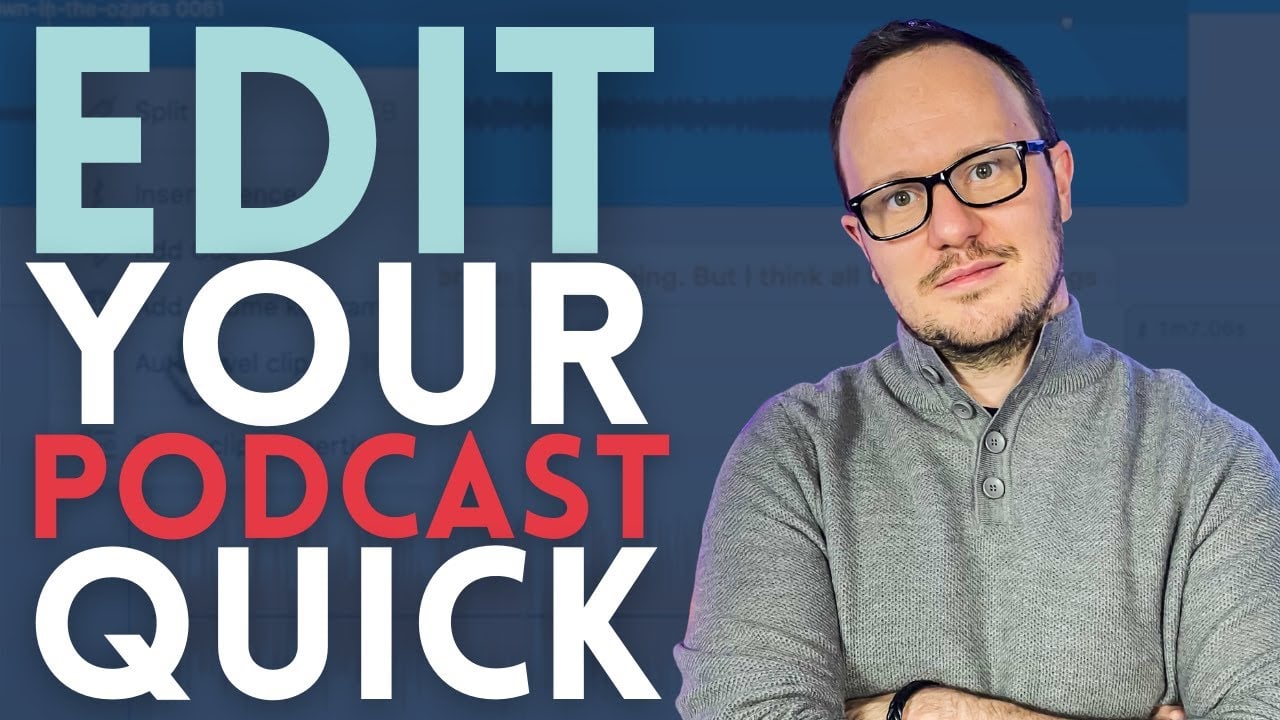Podcasting continues to grow as a powerful medium for content creators, and high-quality editing is essential to stand out. In 2025, podcasters need advanced techniques to enhance audio quality, engage listeners, and optimize for SEO. Whether you’re a beginner or a seasoned podcaster, these smart editing tricks will help you produce professional-level content.
Why Podcast Editing Matters in 2025
Editing is more than just cutting out mistakes—it shapes the listener’s experience. A well-edited podcast improves:
-
Audio Clarity – Removes background noise and enhances vocal quality.
-
Engagement – Keeps the audience hooked with smooth transitions.
-
SEO Benefits – Properly edited transcripts boost search rankings.
-
Brand Professionalism – Reflects credibility and attracts sponsors.
With AI-powered tools and new editing trends emerging, staying updated is crucial. Below are the best podcast editing strategies for 2025.
A. Essential Podcast Editing Tools for 2025
Choosing the right software is the first step toward efficient editing. Here are the top tools:
1. Adobe Audition (Best for Professionals)
-
AI-powered noise reduction
-
Multitrack editing
-
Advanced audio restoration
2. Descript (Best for AI Editing)
-
Transcribes audio automatically
-
Overdub feature for voice correction
-
Easy cut-and-paste editing
3. Audacity (Best Free Option)
-
Open-source with plugin support
-
Noise removal and compression
-
Lightweight and beginner-friendly
4. Riverside.fm (Best for Remote Recording)
-
High-quality separate audio tracks
-
AI-powered enhancements
-
Live editing capabilities
5. Auphonic (Best for Automated Post-Production)
-
Levels audio automatically
-
Reduces background noise
-
Optimizes for loudness standards
B. Smart Podcast Editing Techniques for 2025

1. Use AI Noise Reduction
Background noise can ruin a podcast. Tools like Krisp and iZotope RX 10 use AI to eliminate hums, echoes, and static.
2. Perfect Your Levels with LUFS Metering
Loudness should be consistent. Aim for -16 LUFS for podcasts to ensure compatibility across platforms.
3. Dynamic Compression for Balanced Audio
Compression evens out volume spikes. Set a 4:1 ratio with a -20dB threshold for natural-sounding speech.
4. Remove Mouth Clicks and Breaths
Use Adobe Audition’s “Auto-Heal” or Descript’s “Studio Sound” to clean up distracting mouth noises.
5. Enhance Vocal Presence with EQ
Boost 100-200Hz for warmth and 3-5kHz for clarity. Cut below 80Hz to reduce rumble.
6. Add Subtle Sound Effects
Use transition sounds (e.g., swooshes) between segments to maintain flow.
7. Optimize for SEO with Transcripts
Upload edited transcripts to your website to improve search rankings. Use tools like Otter.ai or Rev.
8. Utilize AI for Dynamic Ads
Platforms like Spotify’s Megaphone allow AI-driven ad insertion, maximizing monetization.
C. Advanced Podcast Editing Trends in 2025
1. AI-Generated Voiceovers
Tools like Murf.ai and Resemble AI can create lifelike voiceovers for intros/outros.
2. Real-Time Editing with Cloud Collaboration
Platforms like SquadCast enable live editing with remote guests.
3. Interactive Podcasts with Branching Audio
Services like Spotify’s Interactive Content let listeners choose story paths.
4. Spatial Audio for Immersive Experiences
Apple Podcasts and Amazon Music now support 3D audio for a theater-like effect.
5. Automated Editing with Machine Learning
AI tools like Podcastle can auto-edit filler words and pauses.
D. Common Podcast Editing Mistakes to Avoid
-
Over-editing – Too many cuts can make conversations sound unnatural.
-
Ignoring Metadata – Missing ID3 tags hurt discoverability.
-
Skipping Loudness Normalization – Inconsistent volume frustrates listeners.
-
Poor File Management – Disorganized projects waste time.
E. Final Steps Before Publishing

-
Mastering – Use Auphonic or Loudness Penalty to finalize levels.
-
Export Settings – Save as MP3 (192kbps) or WAV (44.1kHz, 16-bit).
-
SEO Optimization – Include keywords in titles, descriptions, and show notes.
-
Distribution – Upload to Apple Podcasts, Spotify, and Google Podcasts.
Conclusion
Podcast editing in 2025 demands a mix of traditional techniques and AI-powered innovations. By using the right tools, applying smart editing tricks, and staying ahead of trends, you can create a polished, engaging podcast that ranks well and attracts loyal listeners.












